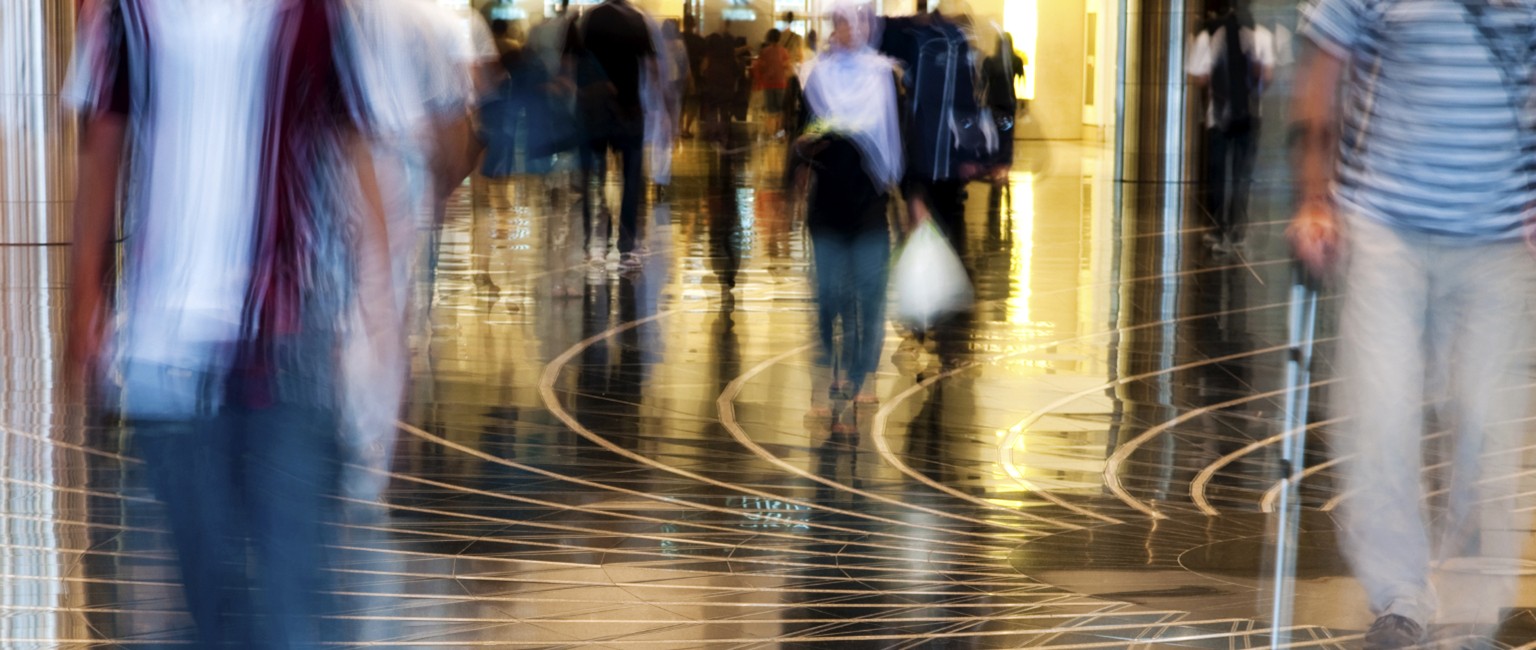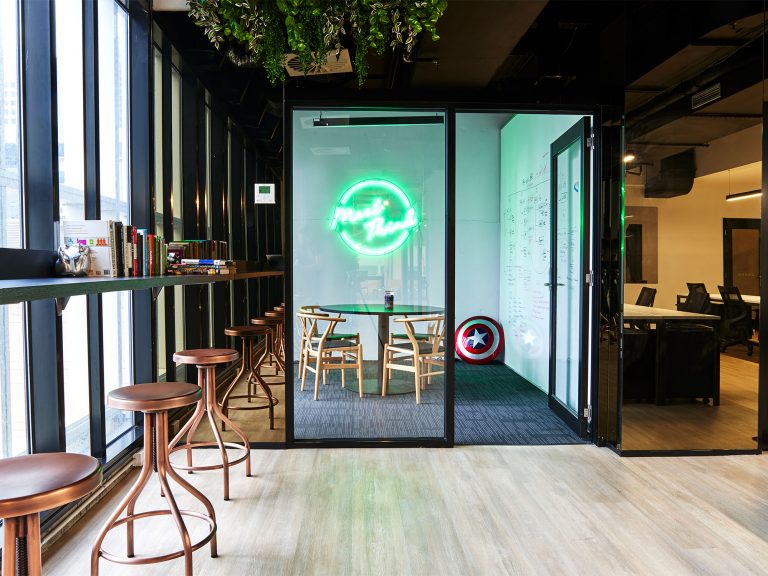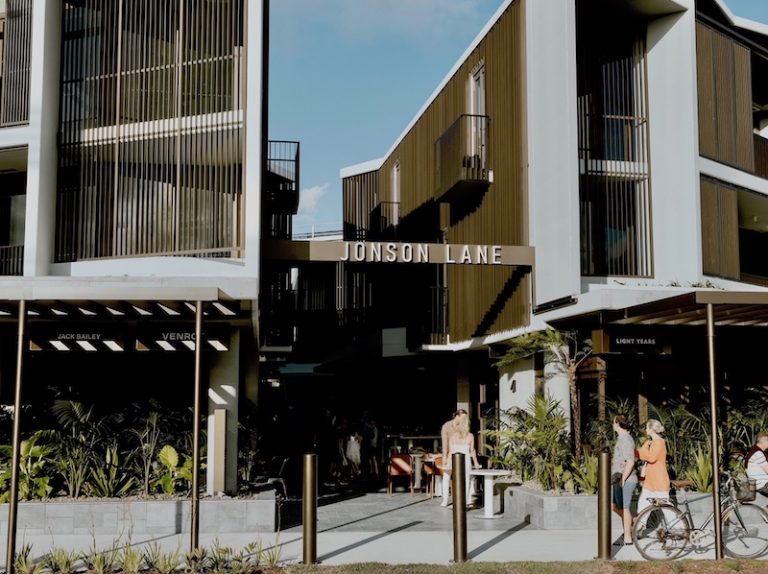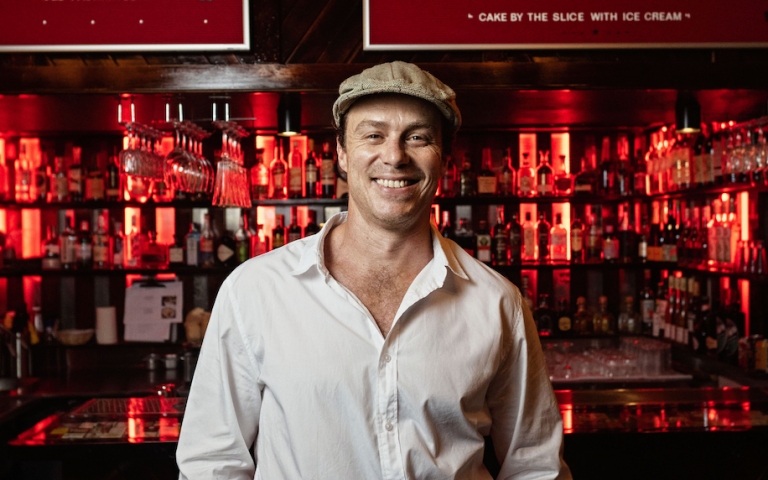How to: Choose the perfect retail site

Commercial agents want to be sure they have a strong portfolio of sites for lease and retail business owners want to be confident their retail site is in a position that’s going to make the most of footfall into the store. But what makes the perfect retail space and how do you identify the perfect site?
According to Colliers International, there is around 2.6 million sqm of retail space under construction or expected to be completed over the next four years in Australia.
More space means more choice. But fear not – there is a science behind selecting the position of a store that will be the most commercially successful.
In my role overseeing a property team, we have years of experience in securing the best possible commercial locations.
The methodology behind site selection is not just a matter of choosing between a local shopping strip or a shopping centre – stores do better in very specific circumstances. Here are some key areas to think about in crafting a winning formula.
Macroeconomics and demographics
The first question to ask is: what are the economic trends at play in the retail sector in general and what’s the broad economic profile of the area you’re considering?
It’s always worth staying across retail sector research – for example Colliers International states that the highest individual retail sector returns were achieved by neighbourhood shopping centres (8.9%) for the year to March 2013. Statistics like these will be essential to decision making.
Then you need to consider the profile of the community. Is it already well established or is there an opportunity for population growth due to housing developments in the area? Don’t just think about what’s there now, think about how this could change over the years and the opportunities and challenges that presents.
Middle macro mindset
Now consider the demographic make-up of that community. Does it match the likely customer base? Remember, it’s also worth thinking about demographics in terms of ‘life stages’ – as this is one of the biggest indicators of likely shopping habits.
Shopping centre or local shopping strip? This stage is all about the potential footfall from existing shoppers in the area – so it’s time to take a closer look at the surroundings.
What other stores are close by? For example, a bakery benefits from being close to other “daily needs” food retailers – shoppers will wander from the butcher, to the fishmonger to the bakery and the fruit and veg shop to stock up for the week.
Micro matters with a retail site
Yes, the micro detail matters. For example, while shoppers themselves may not even realise they do this, in a curved shopping centre more people tend walk on the inside, not the outside of a curve – and this impacts footfall.
Try spending a few hours studying the shoppers in the area and consider how things change at different times of the day and week.
For anyone trying to identify the most lucrative retail site, the first step should be to consider the macro, middle macro and micro factors that can affect the success of the business, because in theory, there are no unlucky shopping centres – just agents and retailers who haven’t done their research.







